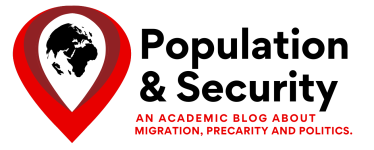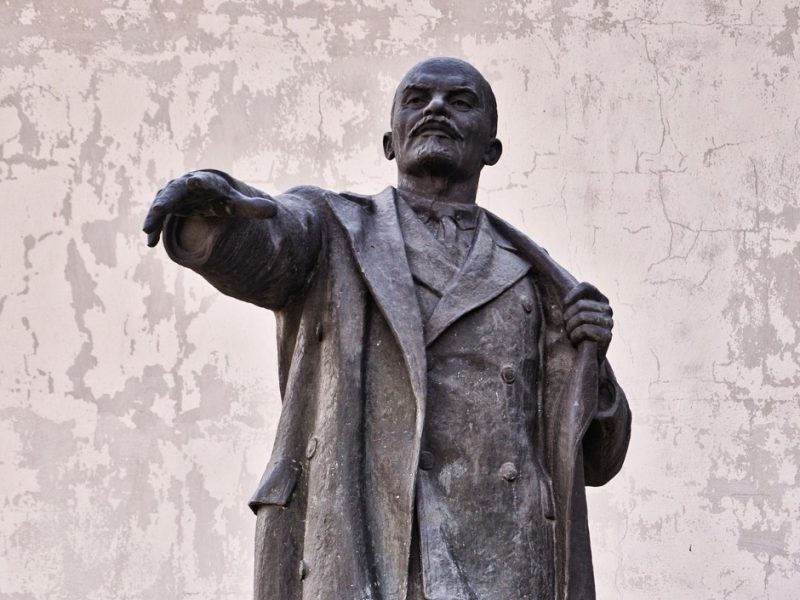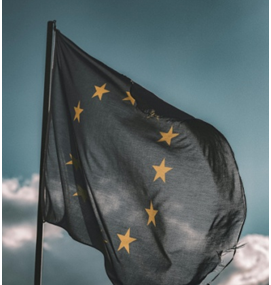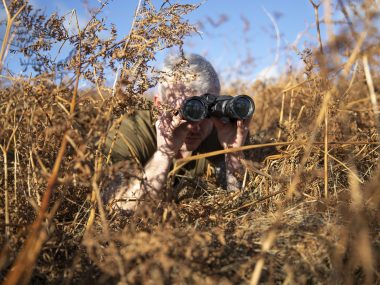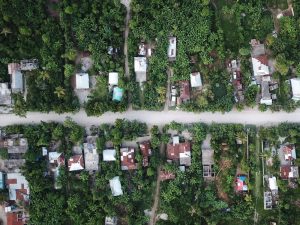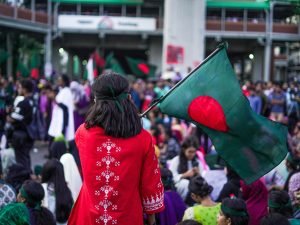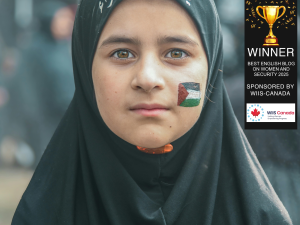When Russian forces entered Ukraine in February 2022, President Vladimir Putin justified the military operation by referencing Ukraine’s large Russian minority which, according to Putin, was under threat of genocide from Kyiv. But Ukraine is not Russia’s only neighbor with a large population of ethnic Russians or Russian-speakers. Russians have been migrating to surrounding nations as early as the 17th century. If Putin can justify a war by using an alleged threat to Russians abroad as a pretext, then the Kremlin could conceivably justify an invasion against any neighboring countries with a large Russian minority. This could include central Asian nations like Kazakhstan, or even its NATO neighbors like Latvia and Estonia. The possibility warrants exploration.
The Russian Minority in Estonia
Located on the Baltic sea, Estonia has a large Russian minority population which represents 22.5% of the country’s total population. Its third largest city, Narva, with nearly 97% of its population being either ethnic Russians or native Russian speakers, is one of many Russian majority towns in Estonia’s eastern Ida-Viru county, though Russian minorities are also present all across Estonia. Most ethnic Russians immigrated to Estonia during the Soviet occupation of the country (from 1944 to 1991). At the time of the fall of the USSR, when Estonia regained its independence, ethnic Russians did not automatically become Estonian citizens. This is because the Citizenship Act only granted citizenship to people who were already citizens of Estonia prior to the Soviet occupation, as well as their descendants. This law forced hundreds of thousands of Russians to either leave the country, or try to fulfill Estonia’s language requirements for citizenship.
In contrast to the occupation period when ethnic Russians often unofficially benefited from their dominant political and social status in Estonia and other Soviet Republics, they have occupied a much different socio-economic position in the country since its independence. Indeed, a 2021 Europa report characterized Narva and three other surrounding Russian-speaking majority municipalities as a hotspot of “long-standing structural disadvantage”, with higher unemployment rate and lower voter turnout rates than elsewhere in the country. A 2021 bulletin of the Foreign Policy Research Institute shows that Russian-language schools score on average 42 points less than Estonian-language schools in reading and science, and 29 points less in mathematics. Since Estonian is the country’s sole official language, proficiency is required for higher level education and for skilled trades, which in turns limits the socioeconomic mobility of ethnic Russians. The fact that ethnic Russians also consume Russian news media and use Russian social media further isolates them from their Estonian counterparts by exposing them to the Kremlin’s narratives.
What the Invasion of Ukraine means for the Russian minority in Estonia
Following the Russian invasion of Ukraine in 2022, NATO began evaluating the risk of a “Narva Scenario” where, similar to the beginning of the Russian-Ukraine conflict in 2014, Russian-backed paramilitaries would attempt to gain control of Russian-speaking regions in the eastern part of Estonia. To counter this, the Estonian government is actively taking steps to limit Russia’s influence in the country: the government has blocked Russian media on the web and on Estonian airwaves in an effort to stop Russian propaganda from taking hold of the population at the onset of the invasion, it has removed Soviet-era statues from public squares across the country, and it has recently announced a plan to phase out Russian instruction in schools. This aggressive approach to erase all signs of previous Russian occupation resembles those adopted in Latvia and Kazakhstan, two other former Soviet Republics that have also implemented language laws and citizenship requirements which forces their substantial Russian minorities to learn the local language.
Despite the Kremlin’s best efforts, there is limited support for pro-Russian political parties in Estonia amongst Russian speakers, and the latter do not support Russia’s military efforts in Ukraine. However, the recent efforts of the Estonian government to curb Russian culture and language have been met with widespread opposition. The Centre Party, which promises the continuation of Russian language schools, has the highest support amongst the Russian minority, and in Narva, the mayor refused to adhere to the state request to remove and relocate the statue of a Soviet T-34 tank to a museum. Again, the situation is similar to that occurring in many other former Soviet Republics, as ethnic Russians have left Latvia and Kazakhstan in large numbers, have staged protests, and have sued the national government to preserve Russian language schools.
Is another operation to protect Russian-speaking minorities in Estonia and the ‘Near Abroad’ likely?
Putin’s invasion of Ukraine has shown to have backfired, and the toll it is taking on Russian forces could potentially deter further territorial conquest for the time being. Despite the above instances of opposition, the lack of support for the Russian invasion of Ukraine and the falling support for Vladimir Putin amongst Russian speaking Estonians suggests that any attempt to integrate them into Russia would not gain traction in the near future. This may provide the Estonian government with an opportunity to integrate its economically and politically ‘out of step’ Russian minority. But the integration of Estonia’s Russian population is not solely a matter of economic development: the Soviets caused widespread suffering in Estonia, and Estonians are keen to eliminate Russian influence over their country once and for all. It seems clear however, for the sake of Estonia’s national unity, that the country must integrate its Russian minority in a way that is not hostile towards Russian-Estonians. If they do not, the Kremlin could sow further division in the country and create a disastrous situation.
